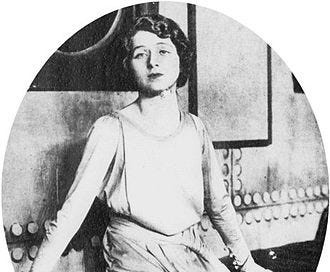On the morning after the Victory Ball of 1918 – a glamorous affair held at the Royal Albert Hall – a young actress named Billie Carleton, born in Bloomsbury to a chorus girl mother and unknown father, was found dead at the age of 22. By her bedside was a little gold box half-…
© 2025 Anna Sayburn Lane
Substack is the home for great culture





